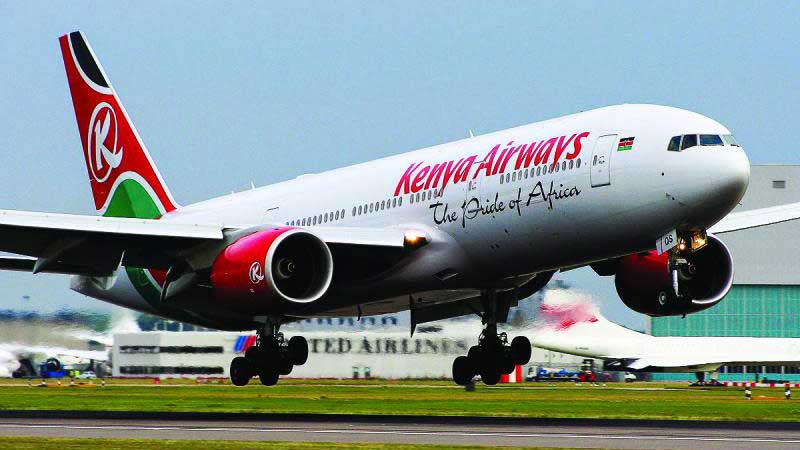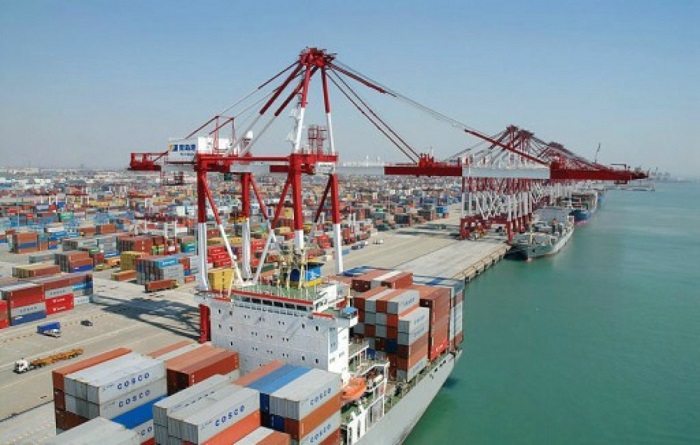
- This is a recent development in transport.
- It refers to the packaging of goods in standardized 'box like' containers designed for use in transporting cargo.
- The containers are mainly made of metal though a few are made of wood.
- They can either be hired or bought from firms that provide them.
- The hired containers are returnable to the owner after the goods have been transported.

- Containers are designed in a way appropriate to transport goods by ships, train, lorry or by air.
- To safeguard the goods against risks such as theft and unfavorable weather conditions the containers are sealed immediately after goods have been packed.
- The sealed containers are then transported up to the final destination where they are off-loaded.
- The consignee can then break the seal.
- Goods can be transported in containers as Full Container Load (F.C.L) or as Less Container Load (L.C.L).
- Full container load applies where the container is filled with goods belonging to one person.
- In FCL, goods are delivered to the consignee intact.
- On the other hand, less than container load applies where a container is filled with goods belonging to several consignors.
- This may be the case where a single consigner does not have enough goods to fill a container.
- When such a container reaches the destination, it is opened and the various consignees take their goods.
- There are special handling facilities for loading and offloading containers onto and from the units of carriage.
- Apart from the container depot at Mombasa, Kenya Ports Authority (K.P.A) has established inland container depots referred dry ports.
- An example of a dry port is found at Embakasi in Nairobi. The establishment of dry ports aims at relieving congestion at the sea port.
- It also aims at making handling of cargo easier and efficient for inland importers and exporters.When containers are off loaded from ships at Mombasa, they are loaded into special container trains called railtainer which transports them by railway to the inland container depot at Embakasi.
- Containers can also be transported by specially designed trucks between the ports or from the port to consumer’s destination.